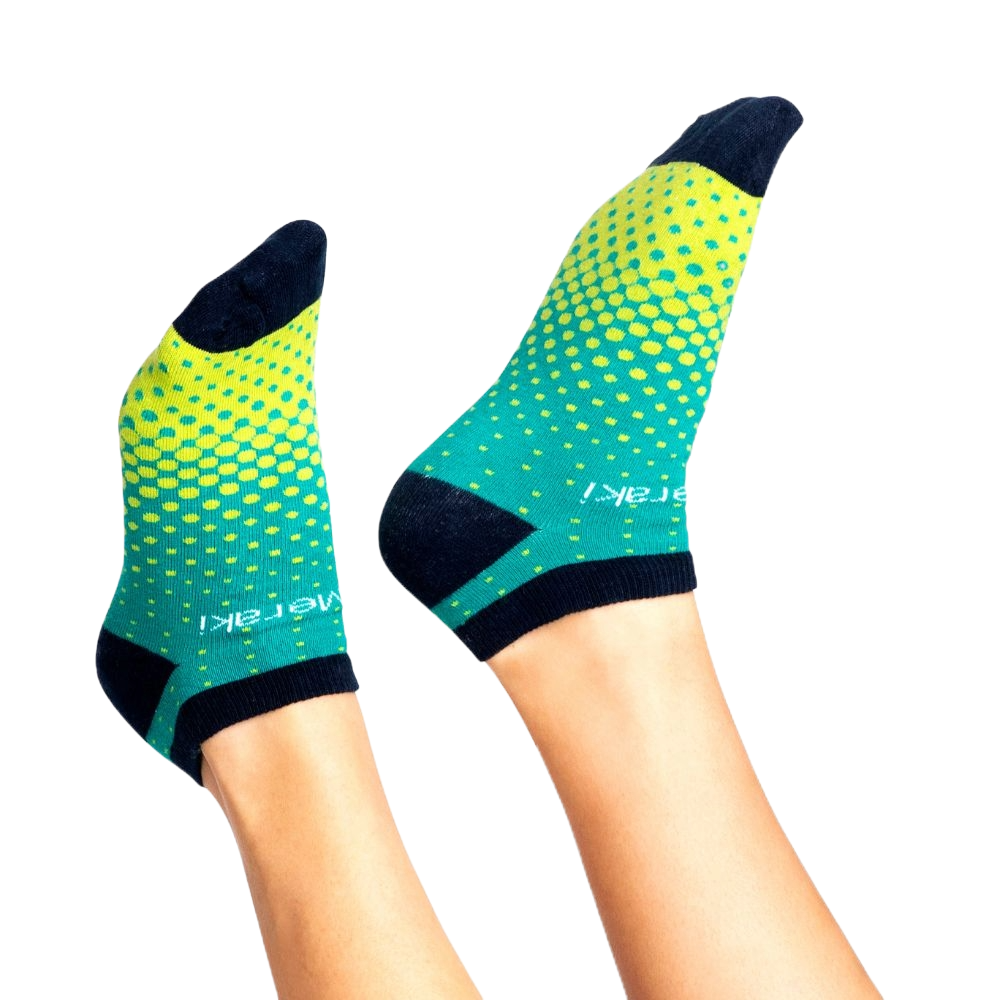
Socks are an essential part of our daily wardrobe, providing comfort and protection for our feet. But how long do these humble garments actually last? The lifespan of your socks can vary significantly depending on a number of factors. Understanding these factors can help you make informed decisions about when to replace your socks and ensure you’re getting the most out of your investment.
This article will delve into the key factors that influence sock lifespan, including material composition, usage frequency, and care practices. We’ll also explore how to identify signs of wear and tear, helping you determine when it’s time to say goodbye to your old socks and welcome a fresh pair.
Sock Lifespan Factors
Several factors contribute to the overall lifespan of your socks. Material composition plays a crucial role, with some fabrics being inherently more durable than others. How often you wear your socks and the conditions in which they are used also significantly impact their longevity. Finally, proper care practices can extend the life of your socks considerably.
Material Impact on Durability
The type of material your socks are made from directly affects their durability. Natural fibers like wool and cotton offer breathability and comfort but may be more susceptible to wear and tear over time. Synthetic materials such as nylon, polyester, and spandex are known for their strength and resilience, making them ideal for athletic socks or those subjected to frequent washing.
Natural Fibers:
Wool socks are prized for their warmth, moisture-wicking properties, and durability. However, they require careful washing and drying to prevent shrinkage and damage. Cotton socks are soft and comfortable but tend to wear out faster than wool due to their lower tensile strength.
Synthetic Fibers:
Nylon is a strong and abrasion-resistant material often blended with other fibers to enhance sock durability. Polyester offers excellent moisture-wicking capabilities and quick-drying properties, making it suitable for athletic socks. Spandex adds elasticity and stretch to socks, allowing them to conform to the shape of your feet.
Usage Frequency and Wear & Tear
The frequency with which you wear your socks directly impacts their lifespan. Socks worn daily will naturally experience more wear and tear than those reserved for special occasions. Activities that put stress on your feet, such as running or hiking, can also accelerate sock deterioration.
High-Impact Activities:
Athletic socks designed for high-impact activities often feature reinforced areas in high-friction zones to withstand repeated stress. These socks may need replacement more frequently than everyday socks due to the increased wear and tear.
Everyday Wear:
For everyday wear, rotating your socks between different pairs can help distribute wear and extend their lifespan. Avoid wearing the same pair of socks two days in a row to allow them time to air out and recover.
Care Practices for Extended Life
Proper care practices can significantly extend the life of your socks. Washing and drying techniques play a crucial role in maintaining the integrity of the fabric and preventing premature wear.
Washing Instructions:
Always follow the care instructions provided on the sock label. Generally, it’s best to wash socks in cold water with a gentle detergent to prevent shrinkage and fading. Avoid using harsh chemicals or bleach, as these can damage the fibers.
Drying Techniques:
Air-drying your socks is the gentlest method and helps preserve their shape and elasticity. If you choose to use a dryer, select a low heat setting and remove the socks promptly once they are dry to prevent excessive heat damage.
Signs of Worn Socks
Over time, socks will inevitably show signs of wear and tear. Recognizing these indicators can help you determine when it’s time for replacement.
Thinning Fabric:
If you notice areas where the fabric has become noticeably thinner, it’s a sign that your socks are nearing the end of their lifespan. Thinning fabric can lead to holes and increased vulnerability to damage.
Holes or Tears:
Holes or tears in the fabric are obvious signs that your socks need replacing. These imperfections can allow for discomfort and potential foot injuries.
Fading Color:
While some fading is normal over time, excessive color loss indicates that the fibers have been weakened. Socks with significantly faded colors may also be less durable.
Conclusion
Understanding how long how long do socks last, how long should socks last, or how long does socks last depends on various factors. By considering material composition, usage frequency, and care practices, you can make informed decisions about when to replace your socks and ensure they provide optimal comfort and protection for your feet. Remember to inspect your socks regularly for signs of wear and tear, and always follow the care instructions provided by the manufacturer. With proper attention and care, your socks can last longer and serve you well.
